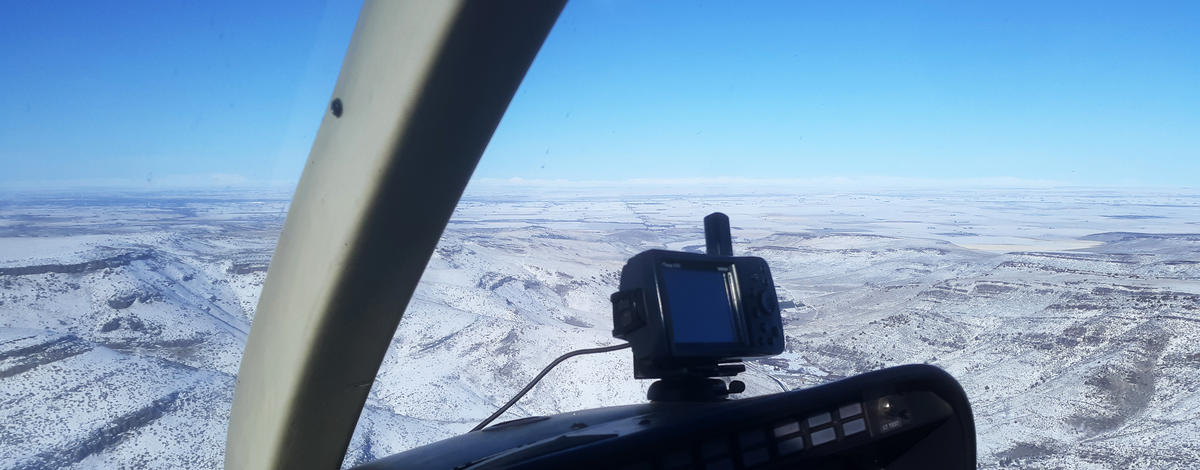Starting in early January, Idaho Fish and Game staff in the Southwest Region will begin an aerial survey of the Weiser River Zone elk population – one of many survey efforts taking place around the state this year that help game managers understand population numbers and trends.
This survey is expected to take several weeks to complete, depending upon the weather. People can expect low-flying helicopter operations for the first few weeks of January, including in a portion of the area affected by the 2024 Paddock Fire.
“We understand that people may have some concerns about running an aerial survey in the burn area, but we are taking steps to minimize impacts to big game during these survey flights,” said Regional Wildlife Manager Regan Berkley.
Balancing the need for data with impacts to wildlife
A typical abundance survey may take several weeks to complete, and is typically flown between mid-January and early March to ensure deer and elk are concentrated on low elevation winter ranges. Typically, each area is surveyed every 5-6 years.
“Abundance surveys are labor intensive and costly, and because of that, we are only able to conduct them in most areas on a five-year rotation." Berkley said. "Given the relative infrequency of these abundance surveys, and the fact that they serve an important role in refining and verifying our population modeling, we place a high importance on flying these when they come around.”
Generally, impacts to big game animals from abundance surveys are minimal to begin with, but Berkley said that biologists and survey pilots will be doing all they can to avoid disturbing mule deer – which tend to be more susceptible to winter mortality – during their flights this winter. Disturbances to elk, which tend to be more resilient, will be kept to the minimum required for biologists to complete the survey.
Taking this into consideration, Fish and Game staff also decided not to capture and GPS-collar mule deer in the Weiser River deer units this year.
“Our annual capture and collaring efforts also provide critical information for us as wildlife managers, but this year, our concerns about placing additional stress on the mule deer in the Weiser units outweighed our need for that data,” Berkley said.

